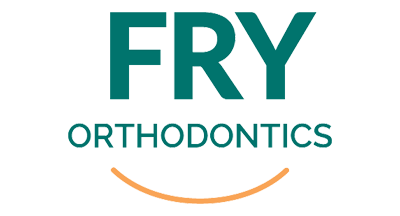As the cost of healthcare continues to rise, not only here in Kansas City, but across the nation, many people are turning to Health Savings Accounts (HSAs) as a way to save money on medical expenses. Does this include orthodontic treatment? Can you use your HSA for orthodontics?
The short answer is yes, you can use your HSA funds for orthodontic treatment. However, there are some factors to consider first and foremost.
What Is a Health Savings Account (HSA)? How Do HSAs Work?
First, it’s important to understand what an HSA is and how it works. An HSA is a tax-advantaged savings account that allows you to set aside pre-tax dollars to pay for qualified medical expenses. These can include deductibles, copays, and other out-of-pocket expenses, as well as certain medical procedures like orthodontic treatment.
Am I Eligible for an HSA?
To be eligible to contribute to an HSA, you must be enrolled in a high-deductible health plan (HDHP). This is a type of health insurance plan with a higher deductible than traditional plans. HDHPs typically have lower monthly premiums, which can make them an attractive option for people looking to save money on healthcare costs.
If you have an HSA and are enrolled in an HDHP, you can use your HSA funds to pay for orthodontic treatment.
Are There Limits to HSA Contributions?
Yes, there are limits to how much you can contribute to an HSA each year. Contribution limits for families are higher than for individuals, and for those over 55 years of age, additional amounts can be contributed annually.
It’s also important to keep careful records of your HSA transactions, including any expenses related to orthodontic treatment. This can help you avoid any potential issues if you’re audited by the Internal Revenue Service (IRS).
HSA for Orthodontics: Are All Treatments Included?
HSAs can be used to pay for many orthodontic treatments. However, it’s important to note that not all orthodontic services may be considered a qualified medical expense. For example, cosmetic procedures like teeth whitening or veneers are generally not considered qualified expenses.
According to the IRS, expenses for medical care include amounts paid for the diagnosis, cure, mitigation, treatment, or prevention of disease, and the costs for treatments affecting any part or function of the body. This includes orthodontic treatment, which is used to correct misaligned teeth and jaws.
In general, services that are necessary for the health of your teeth and gums can be paid for through your HSA. This typically includes traditional braces, clear aligners, and other orthodontic treatments used to correct bite problems, overcrowding, or other dental issues. Be sure to contact your orthodontist for more information.
Let’s Get Started on Your Smile!
HSAs can be a very budget-friendly tool for orthodontic patients who want to pay for their treatment with pre-tax dollars. While not all insurance plans cover orthodontic treatment, HSAs can be used to pay for this and other qualified medical expenses, making it a valuable option for those who want to save money on healthcare costs.
Are you ready to meet with an orthodontist in Kansas City? At Fry Orthodontics, we’re always welcoming new patients, and better yet – your first exam is free! We offer both in-office and online options for your orthodontic exam; schedule an appointment today.





